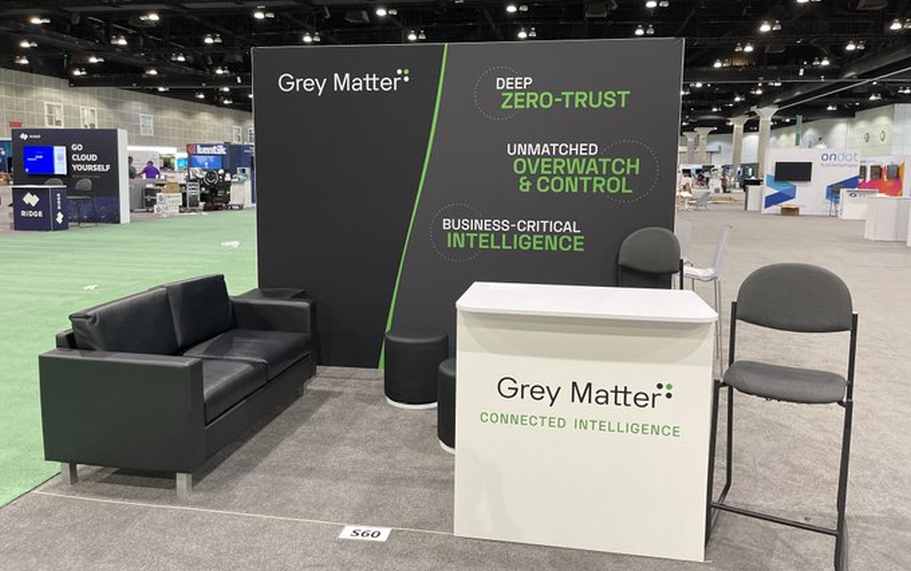greymatter.io lands $7.1 million Series A to to grow its enterprise microservices platform

For years, organizations built their business applications using a concept known as monolithic architecture. The idea is to build an application as a single unit. However, monolithic architecture comes with a lot of challenges including application maintenance nightmare. For example, to make a simple change to the application, developers are forced to build and deploy an updated version of the server-side application.
A new application architecture changes all that. Microservices are a method of developing software applications that are made up of independently deployable, modular services. Unlike monolithic architecture, each microservice runs a unique process and communicates through a well-defined, lightweight mechanism, such as a container, to serve a business goal. One of the leading companies in this space is greymatter.io, an Alexandria, Virginia-based tech startup, and provider of an enterprise microservices platform.
Today, greymatter.io announced it has raised $7.1 million in Series A funding led by Elsewhere Partners. The funding will enable the company to fuel its global growth as demand intensifies for its comprehensive microservices platform, which includes service mesh and API management for enterprise-scale IT environments.
In conjunction with the funding, greymatter.io also announced that Mike Kushin and Michele Perry (an Elsewhere Partners operating advisor) will join its Board to help support the company’s market expansion and recruiting efforts.
greymatter.io will also use the funding to expand the reach of its proven microservices platform in both the public and private sectors by rapidly building out its team. In addition, greymatter.io will accelerate its pipeline of platform enhancements, add support for key open source community projects, and cultivate new partnerships in advanced areas of zero-trust security and data mesh to support its continued market leadership.
Founded in 2015 by CEO Chris Holmes, greymatter.io helps large organizations cut their operational costs by upwards of 30 percent by allowing DevSecOps and NetSecOps teams to easily manage increasing complexity, secure application networking with zero-trust and see everything happening across their IT environment.
“Organizations are quickly realizing that they must future-proof their IT infrastructures. The distribution of software, APIs, data, and users across hybrid, multi-cloud, and on-premise systems has created dramatically more complex networks that large organizations (both public and private) are struggling to control, secure and monitor,” said Chris Pacitti, founder and partner of Elsewhere Partners. “We have been watching greymatter.io execute on their vision for an enterprise microservices platform for more than three years. They have proven the strength and scalability of their platform to effectively manage the explosion of configuration sprawl, security, governance, and risk needs.”
In enterprise hybrid and multi-cloud operations, it is more important than ever for IT leaders to control complexity, trust nothing, and see everything. The global service mesh market continues to surge with some analysts predicting it will top $2.3 billion by 2028 to support the complexities introduced by service-based architectures, and greymatter.io has been a leading innovator in the space since 2015.
In a statement, Holmes said, “greymatter.io has become a proven industry force thanks to our talented team and steadfast commitment to ease our customers’ top infrastructure burdens.”
Holmes also added, “Working with an investment partner as dedicated as we are to customer-driven, product-led company growth, there are no limits to what the coming months/years hold. We will continue to provide the most comprehensive modern microservices platform based on a service mesh purpose-built to help large public organizations and private enterprises overcome complexity sprawl and tackle all governance, analytic and zero-trust security needs regardless of the number of clouds, on-premise systems, applications or endpoints involved.”

